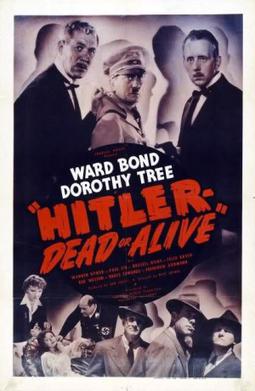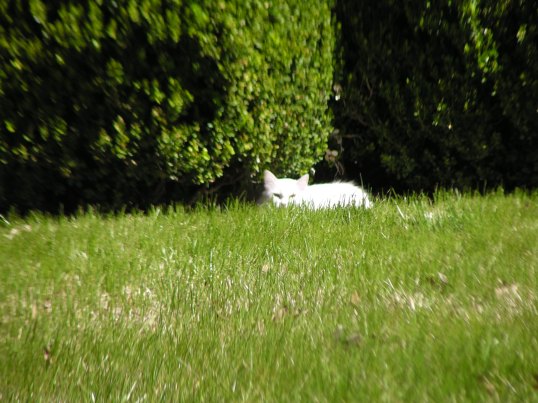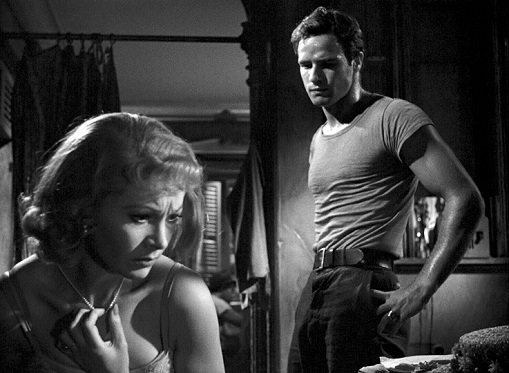Welcome to Late Night Retro Television Reviews, a feature where we review some of our favorite and least favorite shows of the past! On Wednesdays, I will be reviewing Monsters, which aired in syndication from 1988 to 1991. The entire series is streaming on YouTube.
This week, a visit to an art gallery goes terribly wrong.
Episode 2.2 “Portrait of the Artist”
(Dir by Gerald Cotts, originally aired on October 8th, 1989)
Lucille Clay (Lucille Kennedy) visits an isolated art gallery that appears to be sitting in the middle of nowhere. The studio is full of macabre paintings of women and children who appear to be in some sort of mortal danger. Watching over the gallery is Hubert (Darren McGavin), who claims to be just an old farmer who was hired to look after things while the actual artist is in Nepal.
Accompanying Lucille is Roger Darcy (Beeson Carroll), a man who walks with a pronounced limp. Lucille claims that Roger is an art critic but, as soon becomes apparent, that’s a lie. Roger is actually the father of a missing teenage girl and he is stunned when he sees that one of the paintings looks just like her. In fact, all of the paintings appear to be of someone who has recently disappeared. Convinced that the artist is a serial killer, Roger demands to be taken to the artist’s cabin. What Roger doesn’t know is that the gallery hides an even bigger threat.
This episode ends with a twist. It’s not a bad twist and it actually took me by surprise. Unfortunately, the rest of the episode is not as good as the twist ending. I had high hopes when I saw that this episode was going to take place in a gallery and that it was going to star Darren McGavin. But, and it pains me to say this, McGavin just isn’t very good in this episode. McGavin was an actor who always had a tendency to go a little bit over the top. That wasn’t a problem when he was playing Kolchak or the father in A Christmas Story. But, in this episode, he’s so blustery that it’s obvious that he’s hiding something from the start and it makes Roger and Lucille seem all the dumber for trusting him.
Indeed, the other big problem with this episode is that Roger and Lucille continually do the stupidest things possible. None of their actions make sense. Why, if they believed a serial killer was lurking around the gallery, would they split up? Why would they be so quick to trust Hubert? Why, after escaping, would one of them then return without any backup? Why does neither one of them seem to be particularly upset about the possibility that either Hubert or the artist murdered Roger’s daughter and then used her for his painting? They both behave so stupidly that it’s hard to really care what happens to them.
This story had some potential but, unfortunately, the execution just didn’t live up to it.















